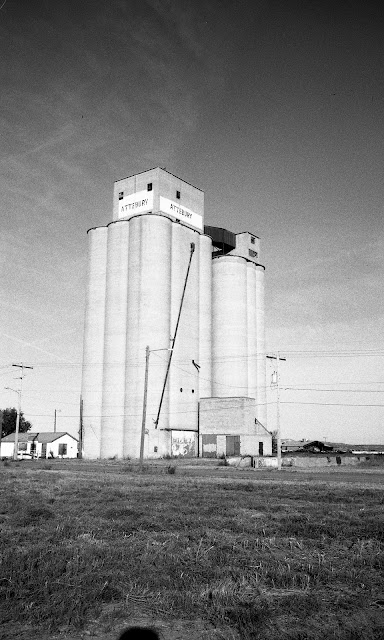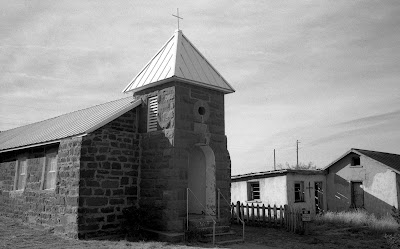 |
| The DOOMO D meter matches the lines and finish of a Leica M2 |
Lately, we have all seen a number of extremely-compact shoe-mountable light meters such as the one from Raveni Labs, and the KEKS EM01. These little wonders use a small OLED screen to provide the exposure information, with tiny buttons to change settings, etc. My biggest problem with these ultra-tiny meters is that the screens are sometimes difficult to read, and that they are small enough to well,... lose. I have been using handheld meters such as the Gossen Pilot Selenium meters (which work quite well) and the Sekonic L-208 Twin-Mate, a modern, still-in-production light meter. I originally wanted a Voigtlander VC Speed Meter II, but with a price at over $200, it was more than I wanted to pay.
 |
| DOOMO D meter |
Now, I think I have found a favorite light meter for my Leica M2. It's the DOOMO Meter D, which at first glance looks a lot like the Voigtlander VC II. First of all, it has exactly the layout I wanted - an analog dial approach, just as you would find on a camera, with +/- red LEDs and a green one for the "correct" exposure. It sits in the accessory shoe on the Leica perfectly, and looks like it's part of the camera. The dials are easy to move, and the LEDS are easy to see in bright light. On top of that, it has a metal case that looks robust and well-finished, and a perfect match for any classic camera. However, looks are not everything. It also has to work well, be easy to use, and I need to have confidence in its accuracy. The DOOMO D meter does all those things.


Upon receipt of the DOOMO D meter from Cameractive (direct from China), I was pleased to see it well-packaged in a black box. Now, I am a pretty experienced photographer and familiar with all sorts of gadgets. The only information in the box is a small card that has brief instructions on inserting a battery (CR-1632 coin cell that is not included) and QR codes to take you to the online manual. I had no trouble figuring the rest out without looking online. The package also includes two shoe mounts, screws, a small black stick-on circle, and a small screwdriver. My only quibble is that while the slotted head screwdriver fits the Phillips-head screws, it should be replaced by an actual Phillips head screwdriver. However, if you need to use the manual, the online manual has all you need. If you have used a camera with built-in light meter such as a Nikon FM, then the controls don't need much explanation. You set your film's ISO on the left wheel, - which ranges from 25-6400, and that wheel also has your aperture settings (f/1- f/22), while the right wheel has the shutter speeds (1 sec - 1/2000). If like me, you are an aperture priority person, I set my aperture and move the shutter speed dial until it the LED shows green, or +/- 1 stop, and then I set my shutter speed on the camera to match. Now the funny thing is -- it's entirely possible to forget that you have to adjust the camera settings to match what the DOOMO light meter is at. I had a brain fart like that a couple of times, forgetting to transfer the meter settings to the camera. That's not a meter problem, it's a human problem!

You can attach the shoe connector to either the right side or the center, and the screws hold it firmly in place to the body of the meter. For my Leica M2, the meter needs to hang to the left of the shoe, and the placement is absolutely perfect.
 |
| online manual |
Results. After shooting three rolls of film with the DOOMO D light meter, I feel very confident in its metering accuracy. It's made me use my M2 more often, and at only a hair over 2 ounces in weight, it's not even noticeable as an add-on. The metering is easy - press the black button on the rear to activate the meter, and adjust accordingly for your exposure. The meter has a 30° angle of view for the sensing, and that seems to work quite well. The advertised battery life is 60 hours of continuous use, and that's a lot of shooting. I recommend having a spare, just in case. You can get a package of 10 CR-1632 3V cells on Amazon for less than $6. That's the price of one at the hardware store.
 |
underside of meter. The battery compartment is
securely closed with a screw. |
Overall, I found the DOOMO D light meter to be just what I wanted - simple, accurate, stylish, and well-made. For me, it's a perfect fit for my Leica, and I highly recommend it if you want an analog-style meter. It's available directly from Cameractive as well as Doomo and some eBay sellers. Also, take a look at the Doomo Instagram account, as well. At a price of $125, I think it's very affordable and probably the least expensive accessory for your Leica that you will ever find. I thank Zhang at Cameractive for contacting me and sending the meter to review.
 |
| rear view of the DOOMO D meter |
Some images from the M2 with Ultrafine Extreme 400 film, using the DOOMO D meter
More images from my October 2021 trip to the Southwest US. The Leica and DOOMO D meter make a great pair.
 |
| Tucumcari, NM, FPP Frankenstein 200 film |
 |
| Cuervo, NM, FPP Frankenstein 200 film |
 |
| Cuervo, NM, FPP Frankenstein 200 film |
 |
| Lordsburg, NM, Fomapan 100 |
 |
| Gila National Forest, NM, Fomapan 100 |
 |
| Gates Pass Rd., Tucson, AZ, Fomapan 100 |



















2 comments:
I've got one of those Voigtlander meters I bought some years ago and use on some of my meterless old cameras, (looks good on the Leica IIIf), and can assure you you're not the only person to forget to transfer the settings from the meter to the camera, I've done that many times!
nice work good blog also have to say nice camera pics
Post a Comment